GCSE Geography OCR B - Ethiopia
1/31
There's no tags or description
Looks like no tags are added yet.
Name | Mastery | Learn | Test | Matching | Spaced |
|---|
No study sessions yet.
32 Terms
Describe the Location of Ethiopia
In the Horn of Africa, Eastern Africa
In Northern Hemisphere
landlocked country borders 6 countries. 300km away from equator
Population of Ethiopia
133 Million (2024)
Life Expectancy
66.5 Years (2023)
GDP per capita
$1270 (2023)
HDI
0.497 (2023)
Access to Internet
20%
Exports
$3 Billion (85% agriculture)
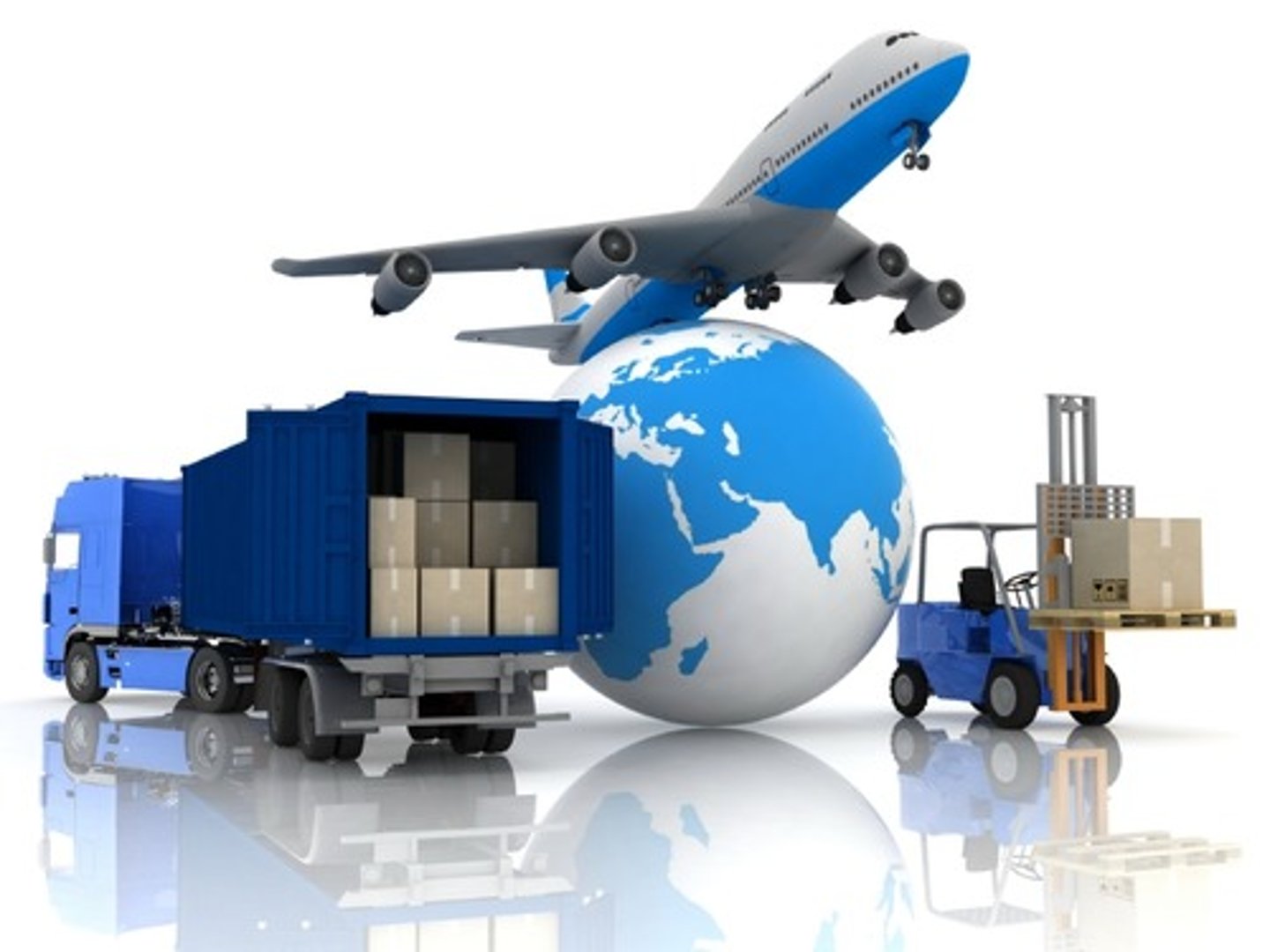
Imports
15 Billion
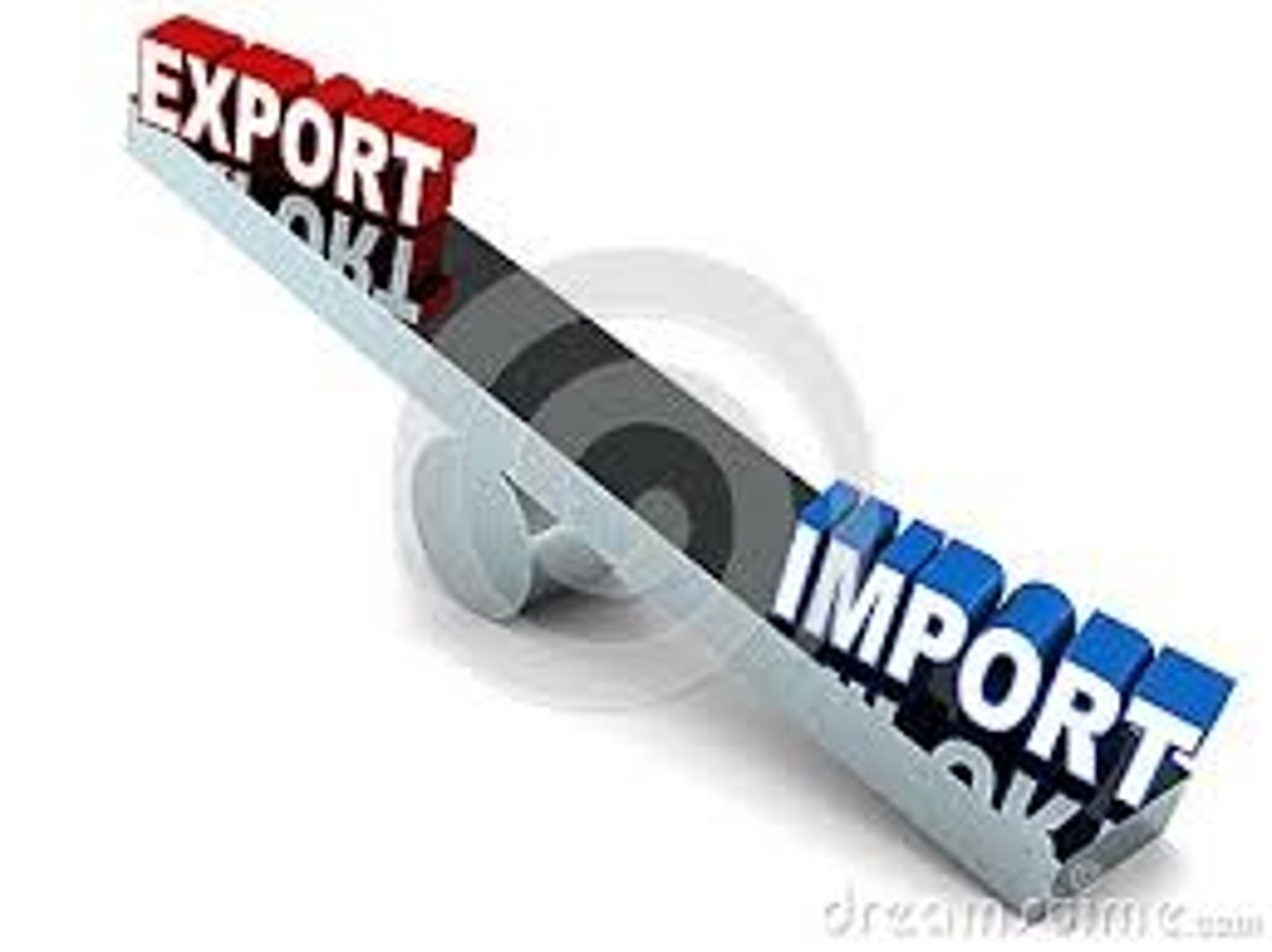
Ethiopia is a LIDC - What Makes it a LIDC?
low GDP of $2200
low HDI of 0.497
Trade Deficit: import more than they export
The IMF decided its an LIDC, so Ethiopia is eligible for Poverty Reduction + Growth Trust
Social Measures of Development
Quality of Life - Measures health, comfort, well-being and happiness
Birth Rate - Number of live births, per 1000 people, per year
Literacy Rate - Percentage of population over the age of 15 who can read and write
Economic Measures of Development
GNI per Capita - average of gross national income per person per year, in $
Standard of Living - Level of wealth and national goods available to a person or community, in $
Why is Ethiopia in Stage 2?
TNCs like H&M invested in factories in Ethiopia
- creates jobs in manufacturing
- now export manufactured goods internationally
- gives workers stable income, so they can support themselves, raising the life expectancy
But Ethiopia's main export is still agricultural goods
- 85% exports agriculture so still rely heavily on farming for income so haven't reached Stage 3 yet
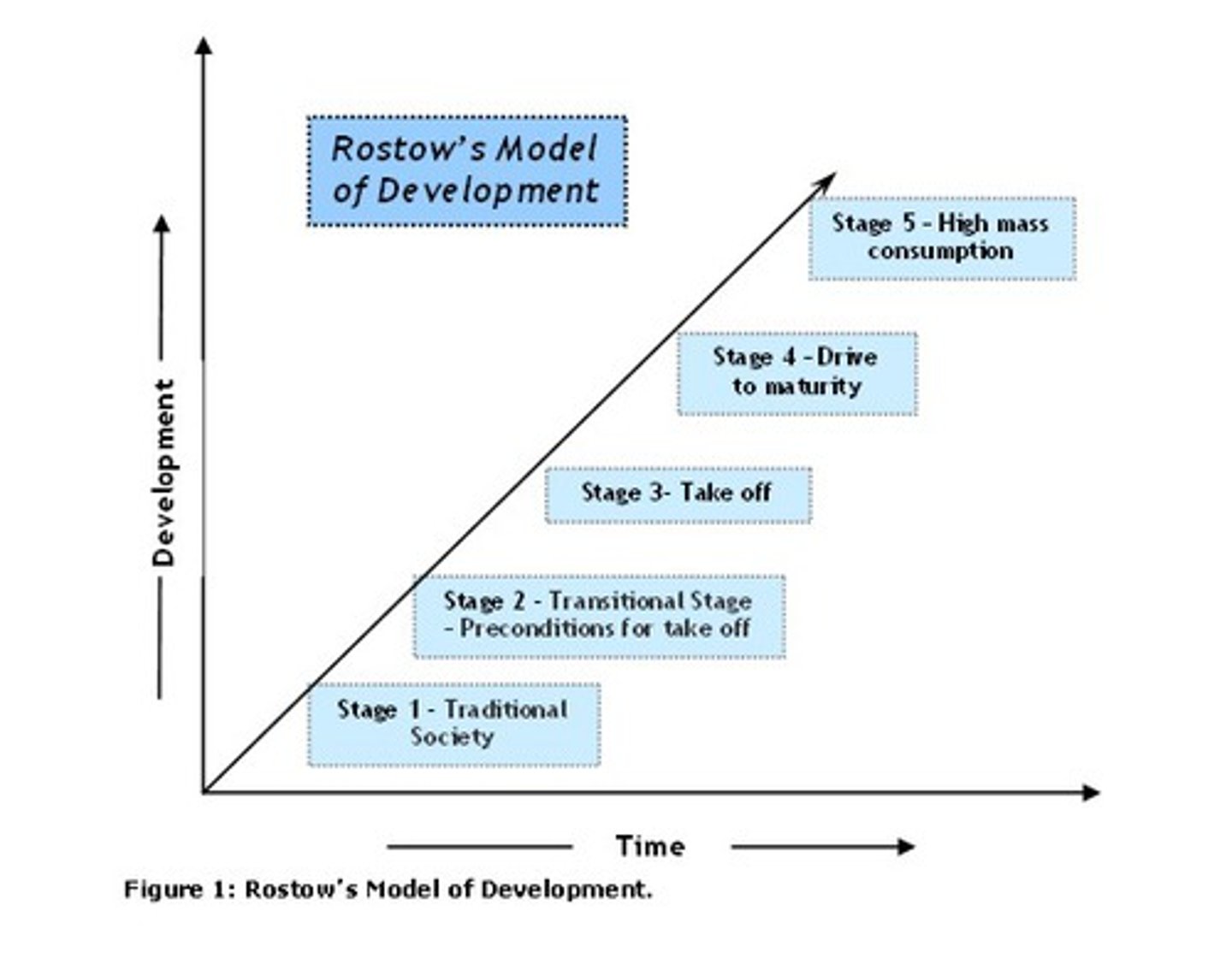
What Stage of the Rostow Model is Ethiopia in?
Stage 2
Physical Influences upon Development
Western Highlands: Wettest part; Rainy Season May - October
average 1200-2000mm rain/year
- Average temp. 25-35°C
- Steep land 4500m- Good for crops
Central Area:
- 2 rainy seasons/year- unreliable, 400-800mm of rain/year
- Average temp. 25-40°C
- Lowlands to east drier and hotter
Eastern Lowlands:
- 2 rainy seasons & 2 dry seasons- unreliable, 0-300mm of rain/year
- Average temp. 30-40°C

Physical Barriers to Breaking Away from Poverty
- Extreme Climates
- Lots of Natural Hazards
- Lack of Safe Water

Human Barriers to Breaking Away from Poverty
- Unstable Political System
- Conflict Zone
- Former Colony
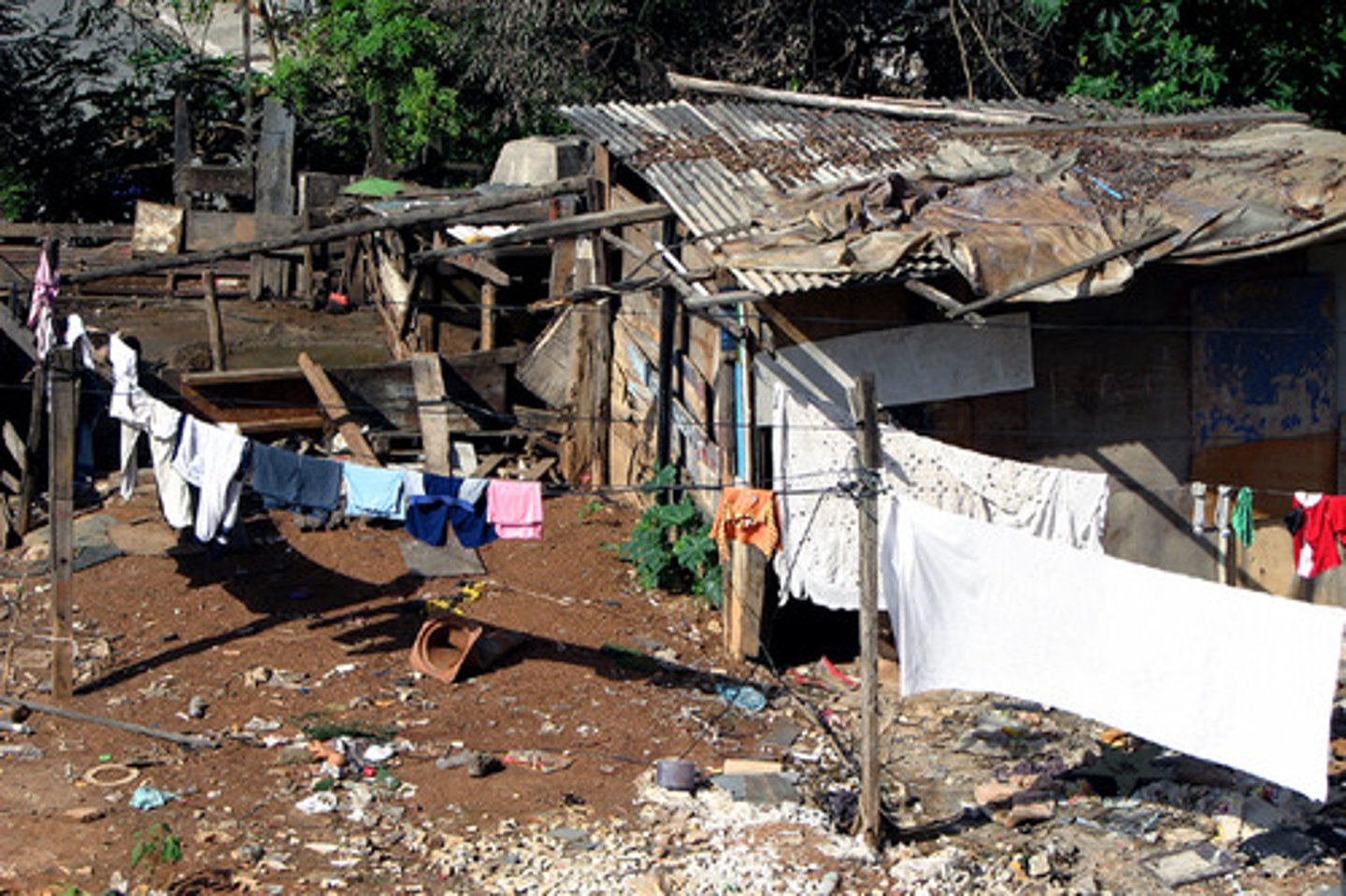
Spiral of Decline
Owe Money, Use Money to Develop, Problem (e.g natural disaster), Can't Repay Debts, Borrow More, Owe More Money
What is Jubilee 2000?
International coalition movement in 40+ countries calling for cancellation of 3rd world debt by 2000.
Suggests LIDC debts be cancelled so nations can restart their economy & take part in the world economy.
Millennium Development Goals achieved
2. Achieve Universal Primary Education ✔
4. Reduce Child Mortality ✔
5. Improve Maternal Health ✔

How far has Ethiopia achieved Universal Primary Education (MDG 2)?
96% of kids receive primary education,
however, literacy rates are only at 36% and very few girls go on to secondary education compared to boys
How far has Ethiopia achieved reducing child mortality (MDG 4)?
Infant mortality rates 204 rate in 1990 went down to 68 in 2015 & 69% kids vaccinated
but Malaria causes 20% deaths
How far has Ethiopia improved access to safe drinking water (MDG 7)?
People using improved water sources increased from 13% to 57%, reducing water borne diseases
Trans National Company
global company that has factories and offices in different countries
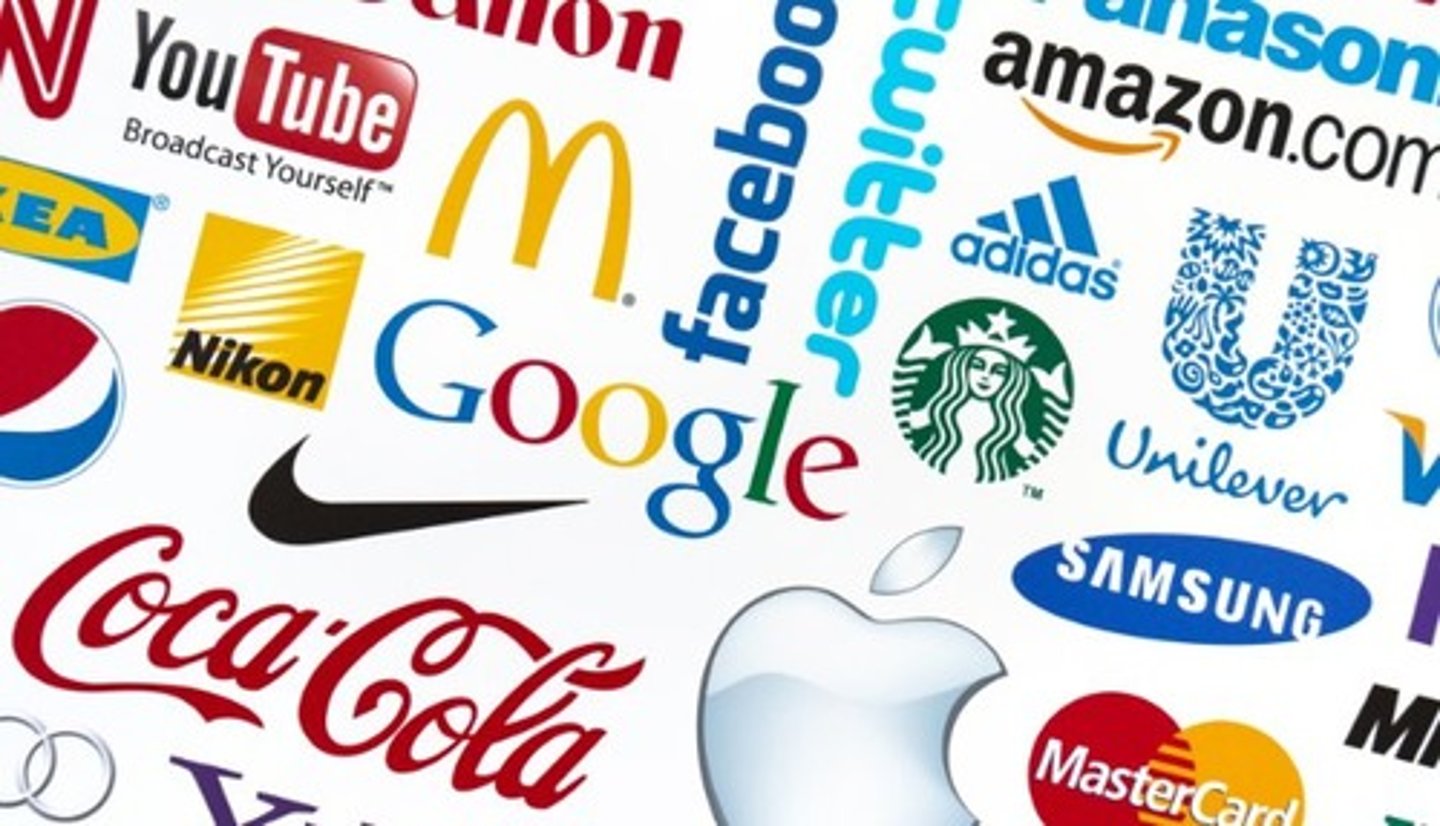
General Pros of TNCs
- Employment
- Development Projects
- Bringing in Money through Taxes and Spending on Services
- TNCs Invest in Infrastructure

General Cons of TNCs
- TNCs can pull out at any time, taking jobs and wealth
- Profits leave LIDC and go to ACs
- Large Businesses have forced Small Businesses to close
- Environmental Problems such as Deforestation and Mining

H&M
Ethiopia: 1st African country H&M began business with in 2013
✔ Created 4000 jobs in Ethiopia
Sponsored training & healthcare centre
$15 million loan to develop textile industry
✘ Local businesses unable to compete
H&M headquarters are in Sweden
Few other industries to support Ethiopia's economy
Take advantage of workers - low wages
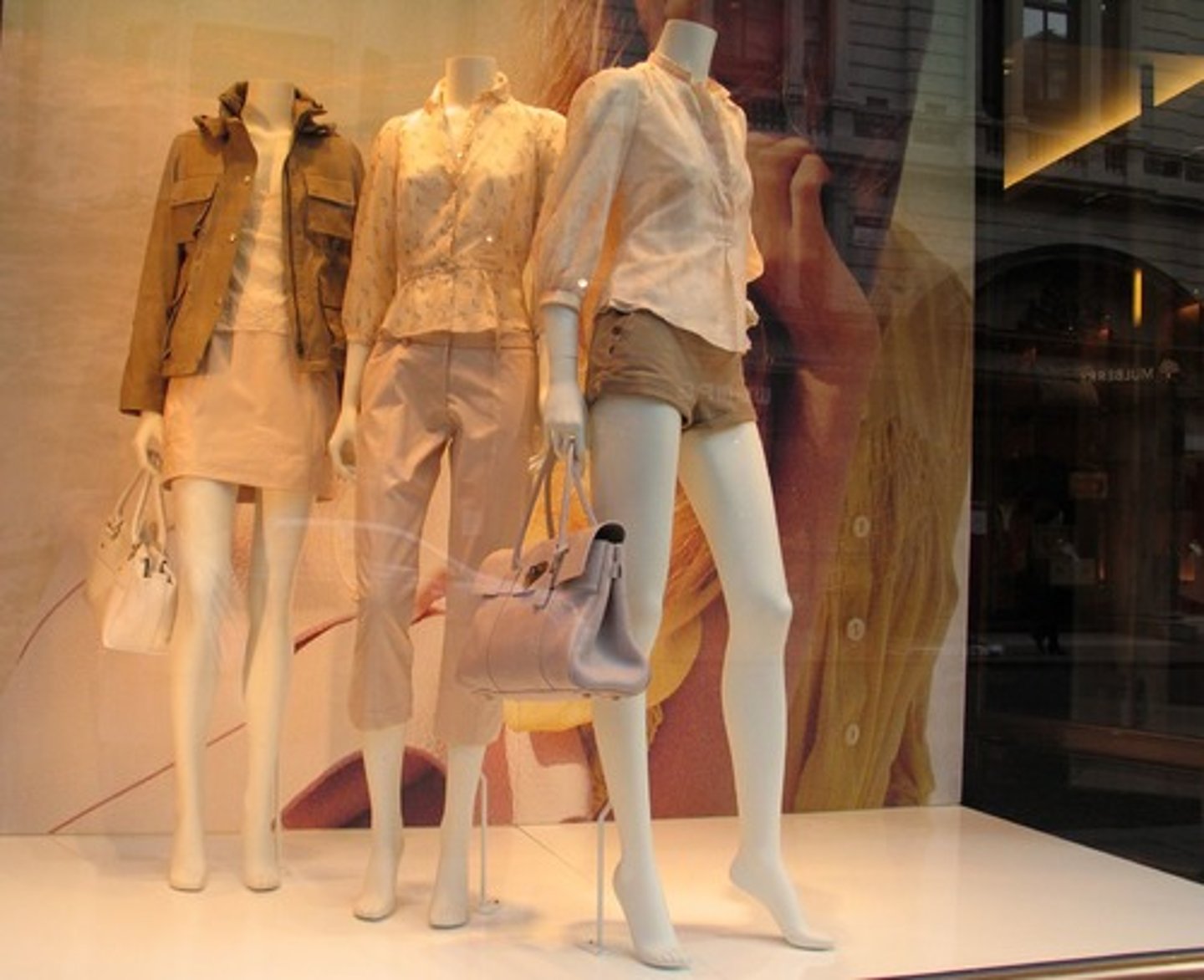
Bottom Up Development
Development projects that start and work from 'grass-roots' level
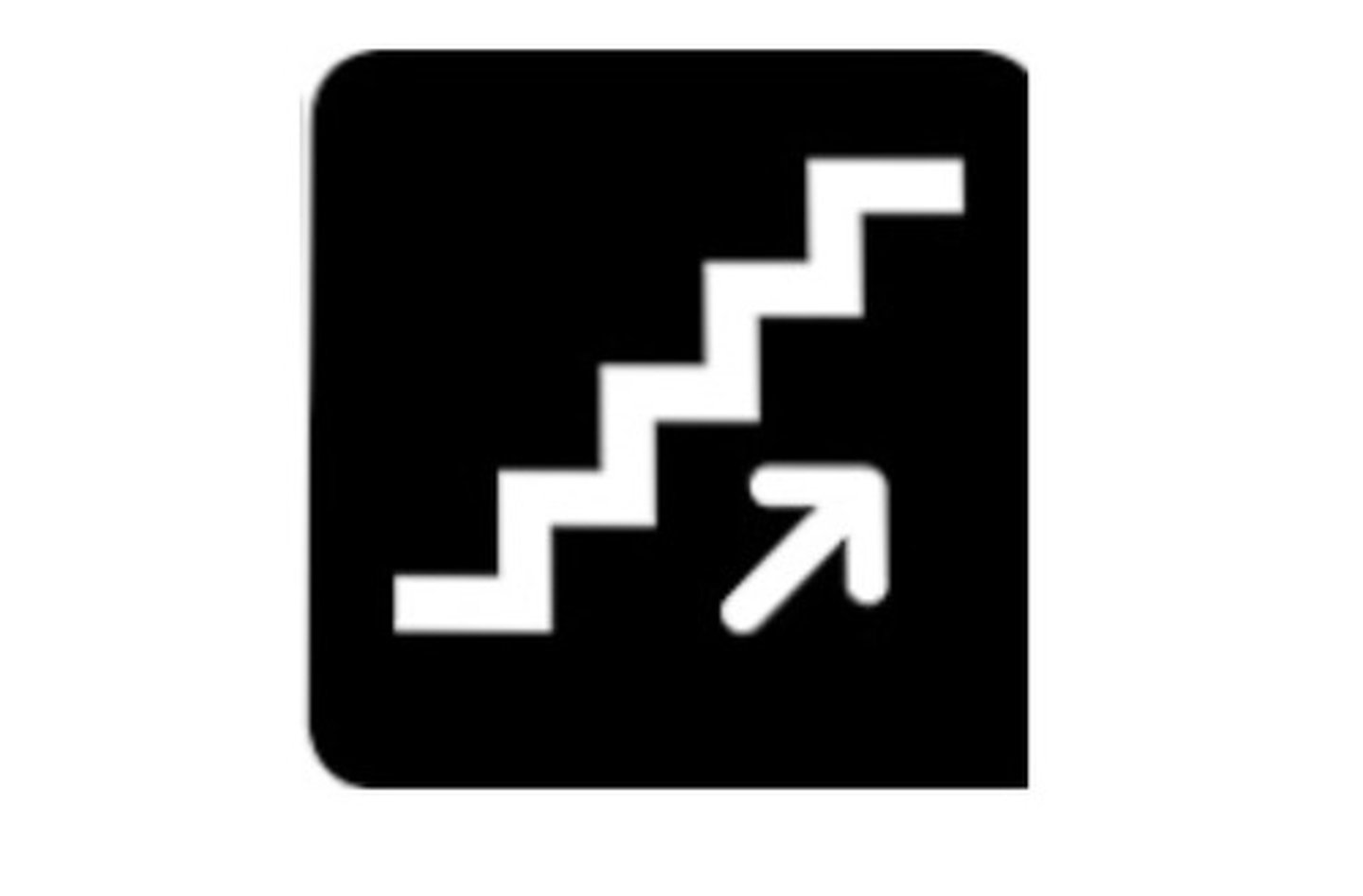
Goat Aid (small-scale project) - Bottom Up Development
Household given pair of goats to breed & create flock. Milk & meat is eaten/sold, allows nutrition to improve so better health. Money made invested in education, health, etc. As social status & wealth improves, flock is re-bred & cycle continues leading to sustainable & long-term increase in wealth.
Advantage:
- Allow spread of development through deprived areas that need aid, achieves high level of success
- Relatively low cost
- Allows growth of crops as goats make fertiliser
Disadvantage:
- Localised so don't have big impact on national economy
- Goats need lots of water so they can die esp. during droughts
- Reliant on donations from AC's -unreliable
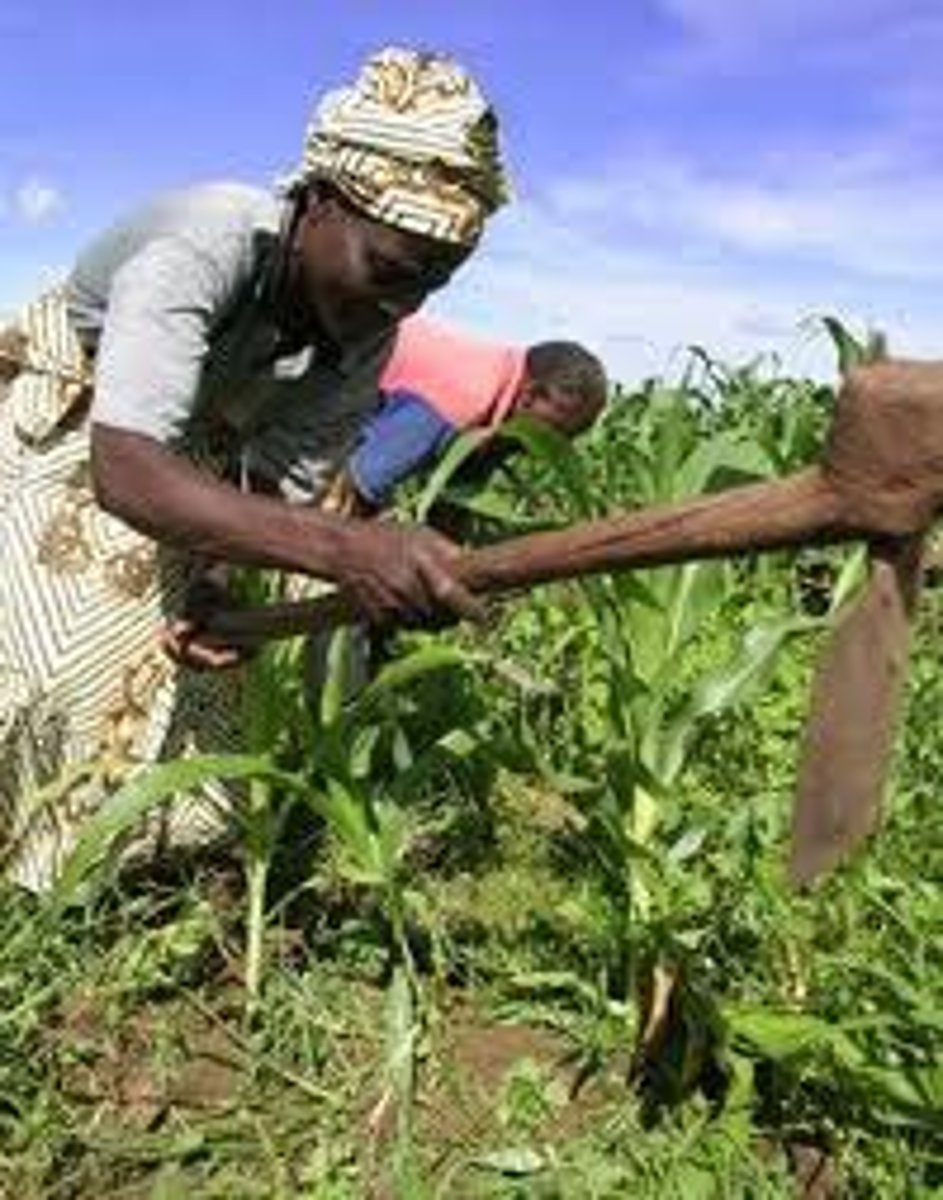
Top Down Development
Development projects imposed in people by government
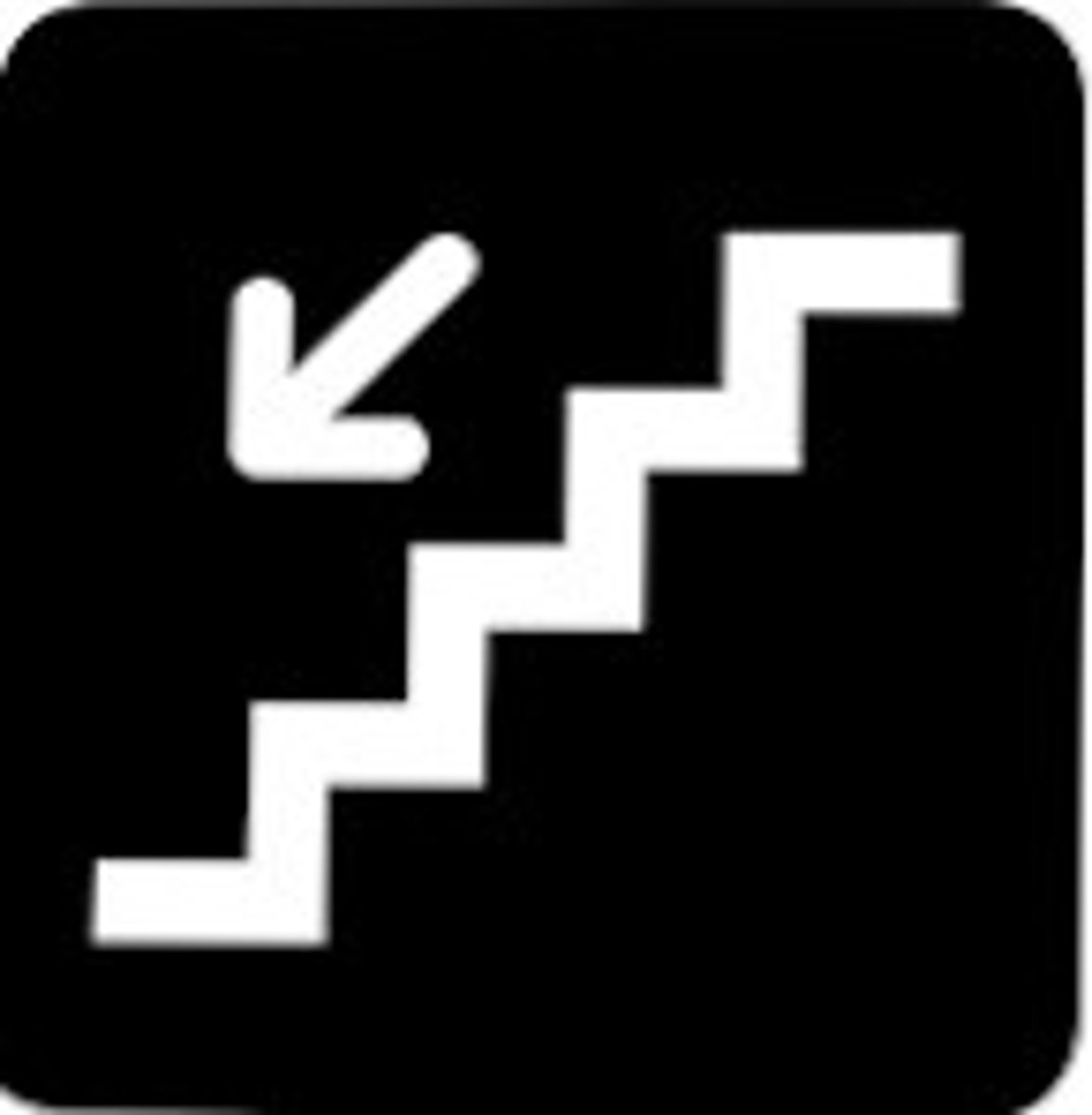
Great Ethiopian Renaissance Dam (GERD) - Top Down Development
Huge infrastructure project 500km north of capital Addis Ababa; largest dam in Africa
Total cost $4.5 billion
Advantage:
- Jobs for Ethiopians in construction
- Gives Ethiopia lots of energy once done so there's more access to electricity and water from reservoir
- Electricity can be sold to nearby countries like Sudan, generating money and helping to pay for cost of dam
Disadvantage:
- Agriculture land is flooded to create large reservoir behind dam so people forced to move + less crops grown which could create food shortages so less crops to export and make money from
- Water is held back by dam on River Nile so countries like Egypt & Sudan get less water, affecting agriculture + causing conflict
How Ethiopia's history has influenced it's development
• Only other african country to avoid european control
• After WW2 developement slowed due to loss of life & instability
• 1977: 50k killed in Red Terror & 1.5 mil forced to relocate as corrupt gov. took land- political instability + conflict over the years so developement declined
• 2001-now: USA gave support so agriculture increased
To what extent do benefits outweigh problems of Global connection in Ethiopia?
• TNC investment, such as H&M, Hilton Hotels provide employment & training, better for economy- improved technology etc.
• However, they can exploit low-wage economy (ethiopia lowest paid) & avoid paying local tax, so most profits go abroad instead of country- leakage leads to corruption in ethiopian economy
• Oxfam international aid